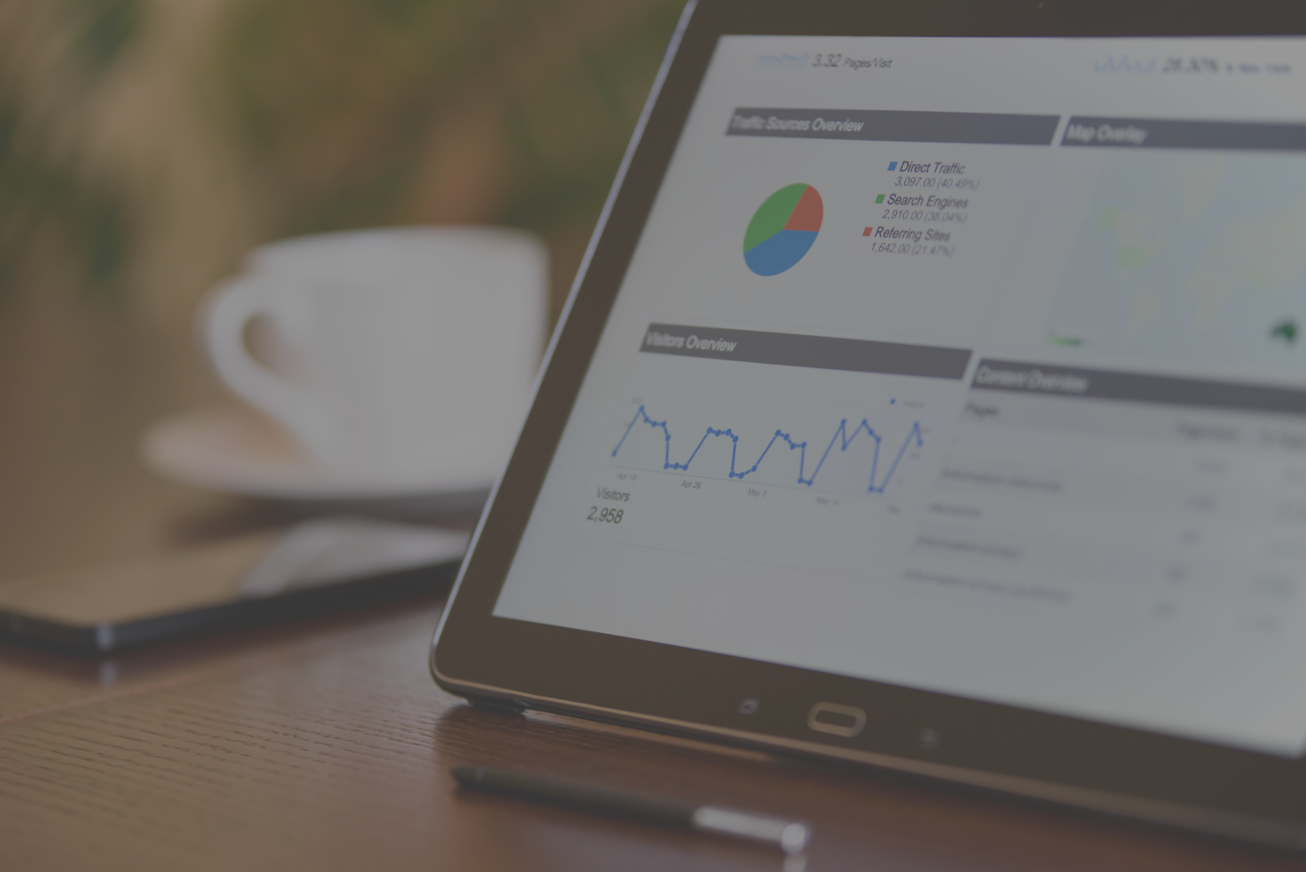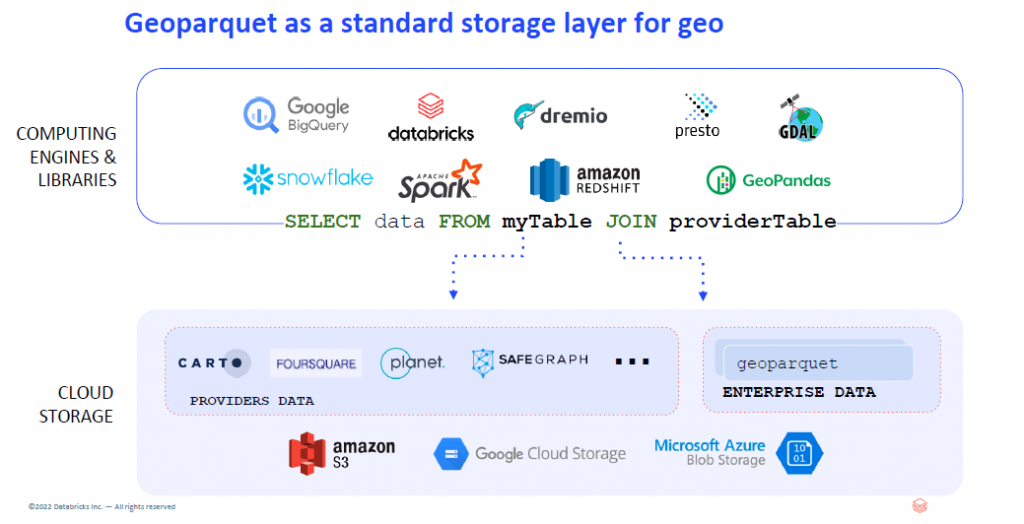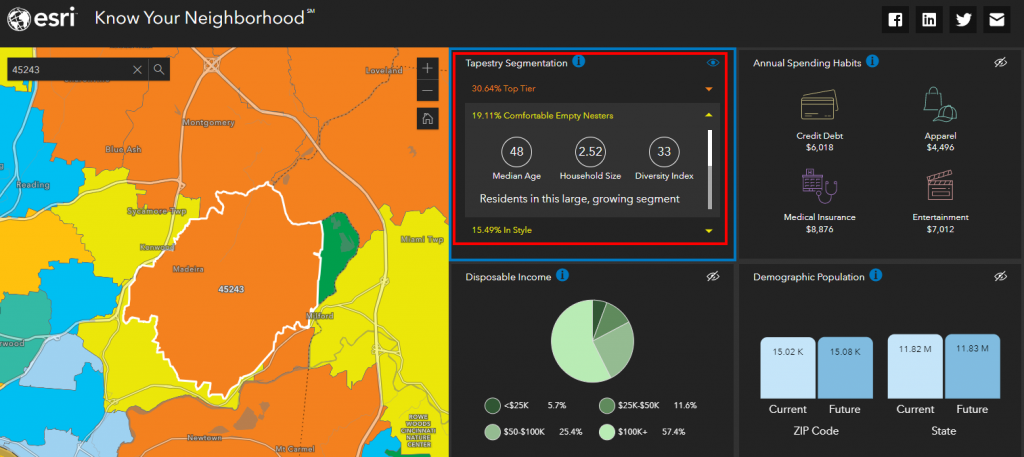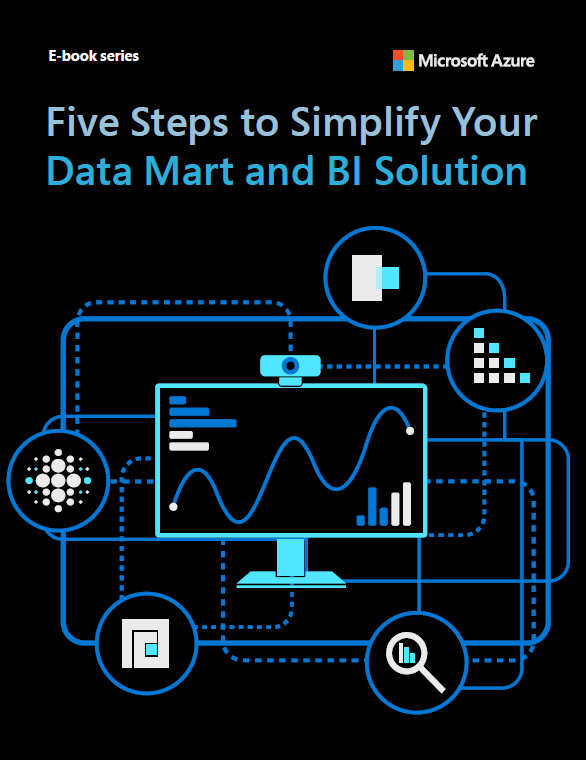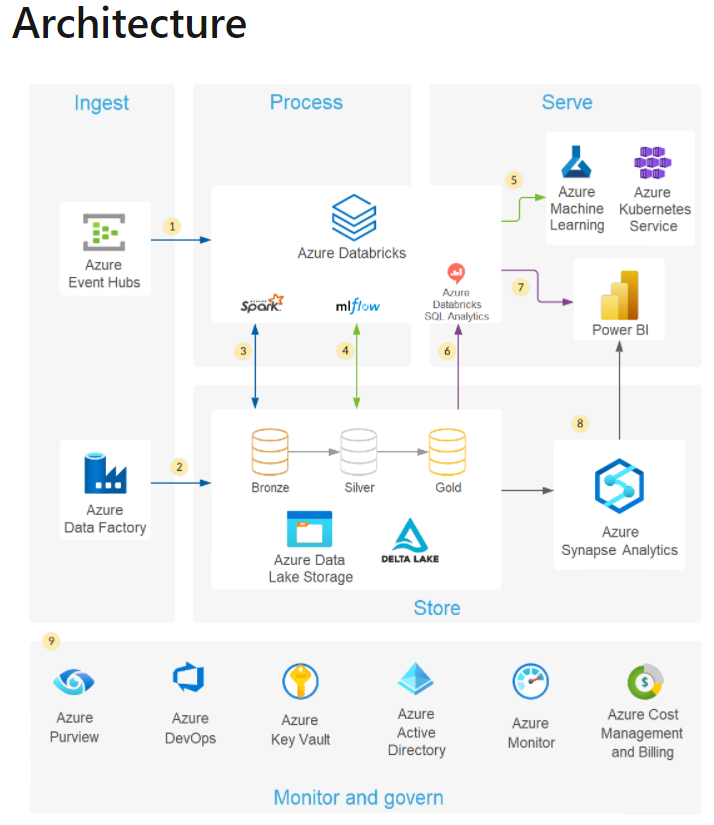Last year, I read a very interesting blog post by Darwin Schweitzer a Microsoft technologist who discusses how to consider emerging technologies in the context of building sustainable enterprises. The blog posts relates the learning patterns organization adopt to newer data technologies replacing existing capability. The approach covers the strategic, organizational, architectural and technological challenges and changes with scaling enterprise analytics.
Three Horizon Model/Framework – strategic
Data Mesh Sociotechnical Paradigm – organizational
Data Lakehouse Architecture – architectural
Azure Cloud Scale Analytics Platform – technological
Read more by following this link:
